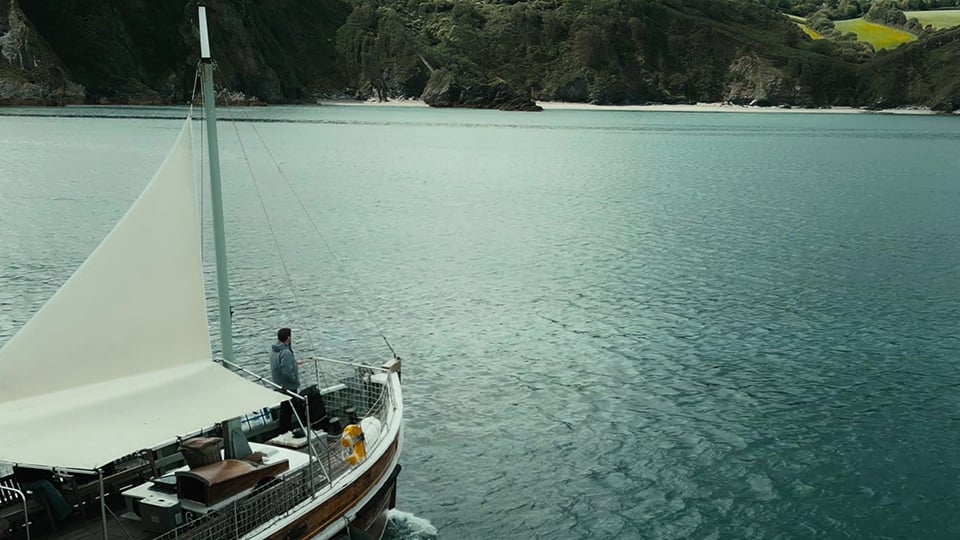
The location used for the backdrop of a video can have a huge impact on the look, mood, feel, tone, and style of a film. It can make or break a story. Get the location wrong, and the messaging can feel completely off. But get it right, and the key messages can stay with the audience for a long time.
When it comes to creating strategic video, the same principles still apply. If the budget allows, shooting in the right location can make a world of difference to the impression a video has on the audience. Ultimately, the purpose of a video is to engage its audience to deliver a message. If a video isn’t visually stimulating to the viewer, the audience retention will fall, the key messages will be diluted and lost, and it will quickly be forgotten. Shooting in a location that resonates with the audience can help them forge an emotional connection with the content, which, from a neurological perspective, helps to better commit it to memory.
One recent example of using location to good effect is in the films we created for Howden Group. The heroes of the films all had remarkable and very different stories to tell, and it was important for us – and them – to do them justice. Part of this was to set the nuanced mood and tone of each of their stories, which we did through carefully curating the right locations to enhance each narrative. Often, video for financial and professional services features interviewees in offices talking about their expertise rather than showing the real-world applications of what they are saying. For this project, we took each of our contributors to locations highly relevant to their stories. Immersing our speakers into the worlds they were describing helps to bring their stories to life; it makes them more people-focused, more relevant, more engaging. These films were a wonderful opportunity to show insurance as a ‘force for good’ in action – and the client was gracious enough to take a chance and let us take the films in a different direction. You can view the films here:
Shooting in a more ambitious location isn’t always possible for various reasons, such as budgets or time constraints, and there are many ways we can, and have, brought a story to life without being on location. We have many examples where videos featuring remote interviews have been a resounding success, for example, in this video created for Rackspace Technology during the pandemic, where making good use of motion graphics or relevant imagery can really sell those key messages. But to get the best value for money by creating a bigger impact with your content, when planning your video campaign we recommend really considering where the story takes place.
Kela Kay
Producer/ Director